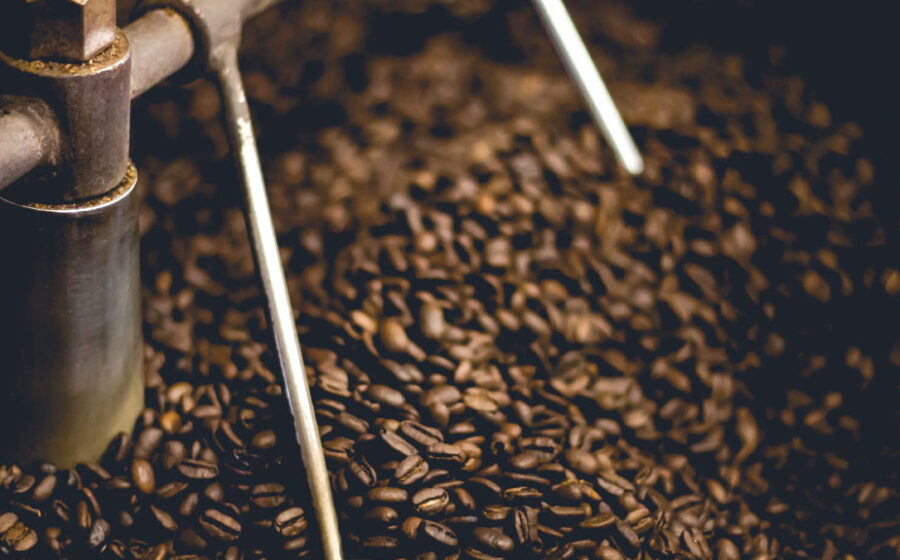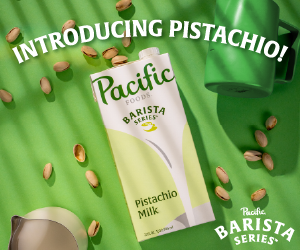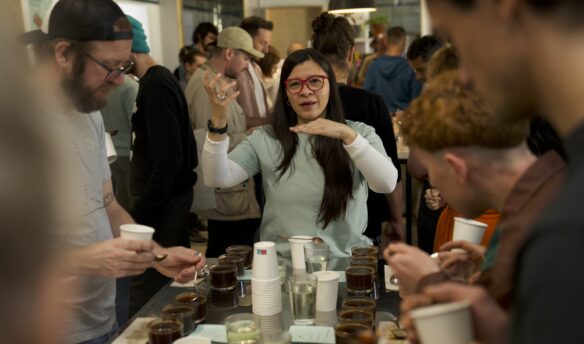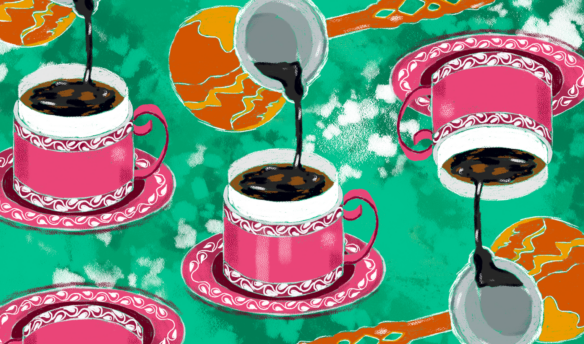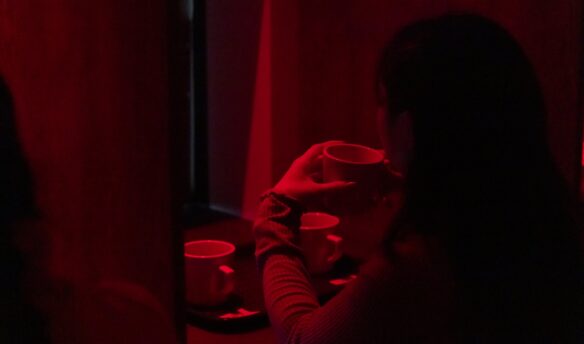[A]t its most basic, coffee roasting is the act of using heat over time to both physically and chemically alter the dried green coffee in a controlled fashion. This is accomplished through the use of roasting equipment which uses convection, conduction, and radiation to transfer heat energy from a source to the bean mass while mixing the bean mass either mechanically or through fluidization to assure a relative evenness of heat application.
The roaster (person) guides the heat application to the bean mass using these forms of heat to follow a certain ‘profile’ representing the beans path through the transformative process of roasting, denoted as temperature over time to a determined endpoint (based on either temperature or color).
Roasting coffee is a mixture of art, craft, and science.
It is artistic because, at the end of the day, we are striving to creatively craft something beautiful and aesthetically pleasing. We also make a number of artistic choices when creating a roasted product. We are choosing the raw green coffee based on potential for flavor, country of origin, region or farm of origin, cultivar type(s), altitude, processing method, etc., in order to find something that fits our needs and expectations.
We are also craftspeople. The craft of coffee roasting requires having a deep understanding of your roaster and how to use it to accomplish your task of matching a flavor profile. Every roasting machine is a little different and has its slight quirks and personality based on ventilation setup, environmental conditions, and variations in manufacturing (though this is getting much tighter). As the roaster (person), it is your task to learn your roaster (machine) and how to adapt and adjust the means of heat application through convection, conduction, and radiation to guide the beans along the appropriate profile to the same end point in order to have similar flavor.
The act of roasting coffee is underpinned by scientific principles. As more information becomes available, and more about the process of roasting is elucidated, we must act as scientists and through careful experimentation, observation, and data-management, become more intentional about our systems and rationale.
—Rob Hoos is the director of coffee and lead roaster at Nossa Familia Coffee.



